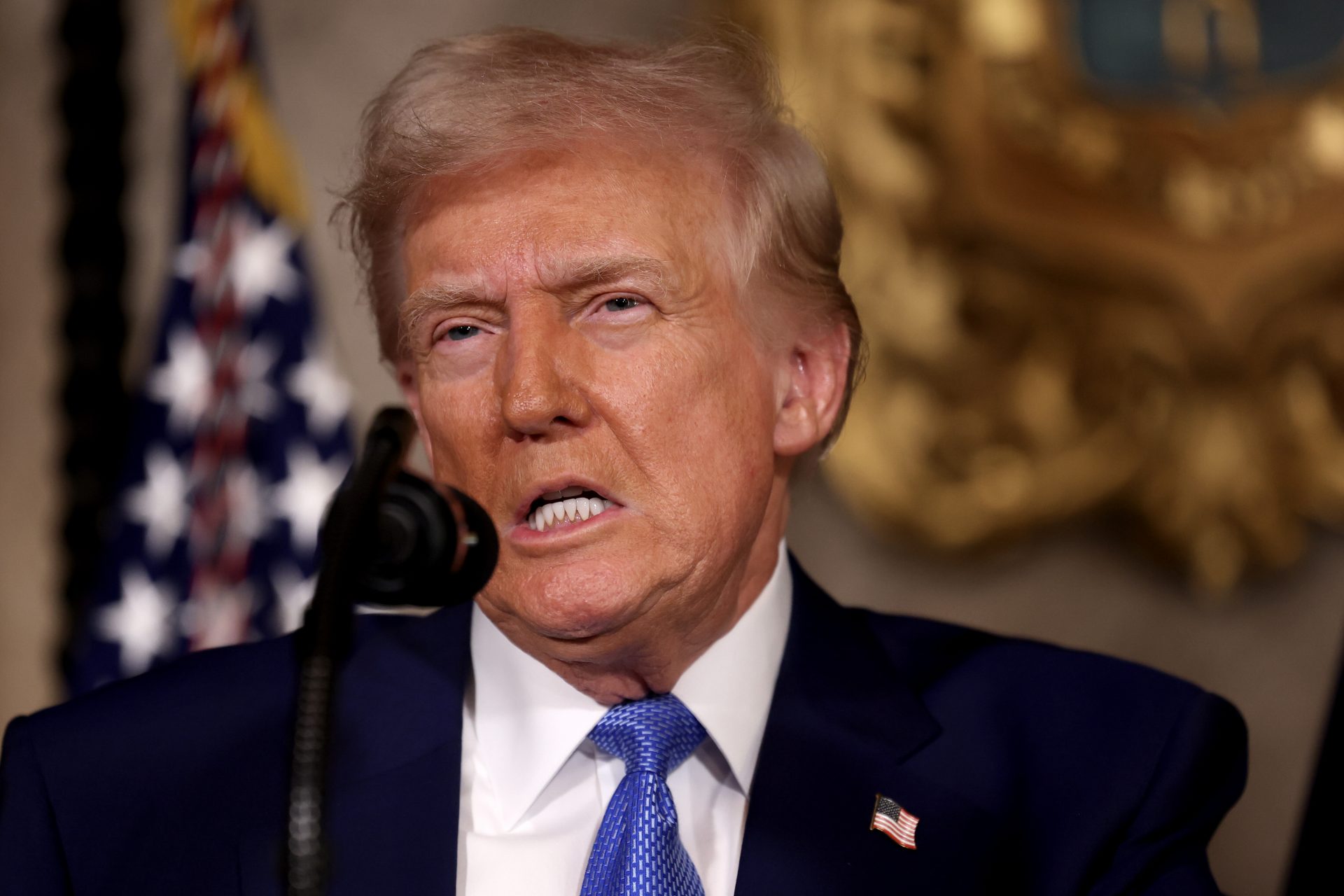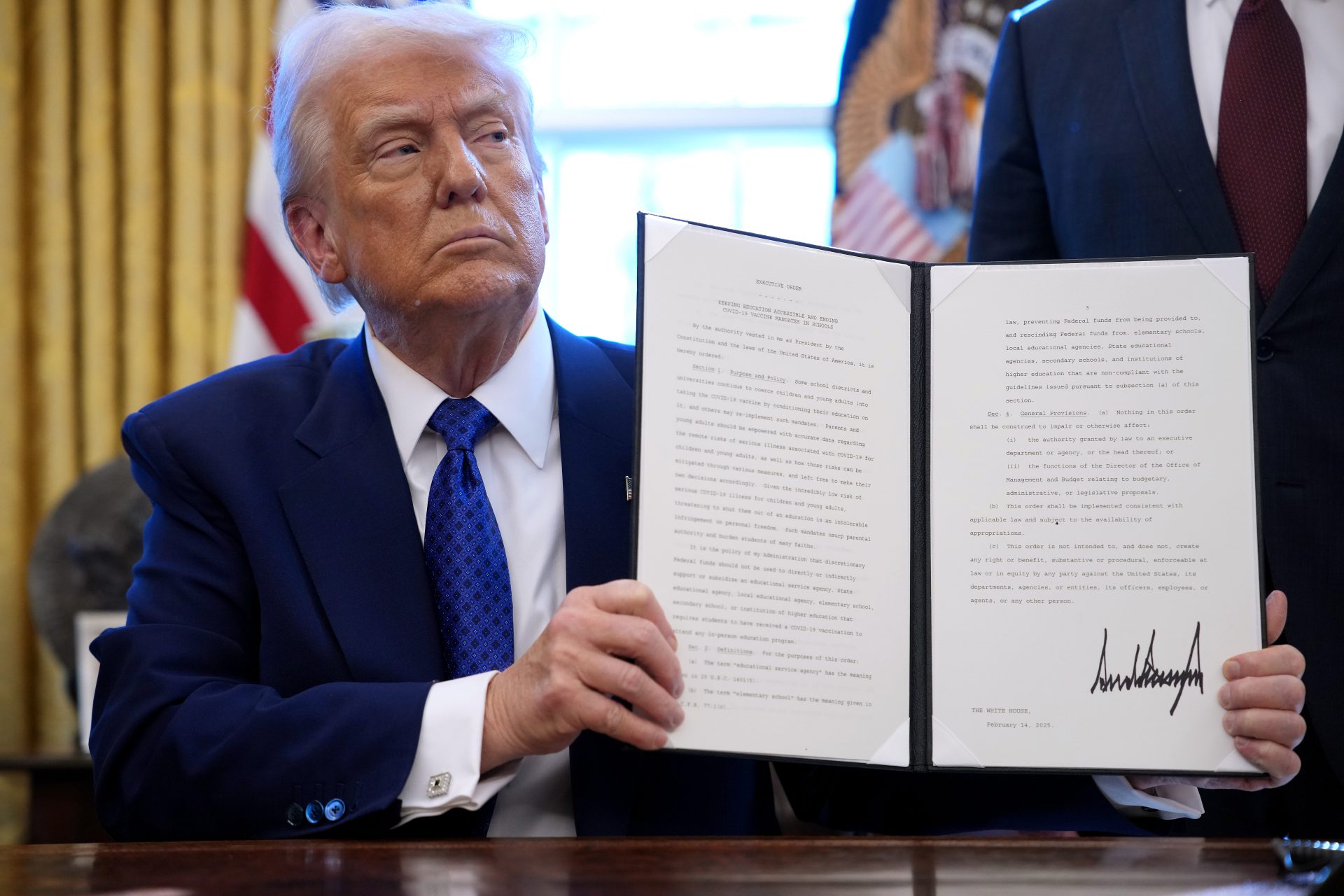How China's plans to expand into the Pacific have been thwarted (for now)
It's not a secret that China is seeking to expand into the Pacific, making Australia, Japan, and the United States nervous. However, their attempt to have a military base in the Solomon Islands ended up in failure.
The Solomon Islands are located in the South Pacific, 1,200 miles (2,000 kilometers) from the shore of Australia and circa 3,500 miles (5,600 kilometers) from Hawaii. It serves as a good strategic point to extend across Oceania and Asia.
In early April 2022, the People’s Republic of China and the Solomon Islands signed a security pact that caused many worries in Washington D.C., Canberra, and Tokyo.
Reactions didn’t take long. A US delegation visited the Prime Minister of the Solomon Islands to express their concerns about China expanding its presence in the Pacific.
“We have respect for the Solomon Islands sovereignty”, US ambassador Daniel Kritenbrink (pictured) said to The Guardian “but if steps were taken to establish a de facto permanent military presence, power projection capabilities, or a military installation, then we would have significant concerns, and we would very naturally respond to those concerns”.
According to Al Jazeera, outgoing Australian Prime Minister Scott Morrison declared during a heated election debate that China was crossing “a red line”. He stated that his country would work with his allies to ensure that Beijing would not set up a military base in the archipelago.
However, on May 21 Morrison’s National/Liberal coalition lost the Australian Federal Elections, meaning that he had to step down as Prime Minister.
Among the first official tasks of the incoming Prime Minister Anthony Albanese was to travel to Tokyo to meet with Quad.
Australia is part of Quad, along with Japan, the United States, and India. The name is short for the Quadrilateral Security Dialogue, a defense forum that Chinese authorities have denounced several times as “Asia’s NATO”.
Pictured: Protestors in Tokyo against the 'Quad war summit' in May 2022.
On May 23, the Biden Administration announced the creation of a new Asian-Pacific economic bloc made up of the United States and its allies. The New York Times highlights that this is a strategy that seeks to reassert Washington D.C.’s role in the region.
The New York Times reports that this not only seeks to counterbalance China’s dominance in the region but also reestablish ties severed as a consequence of Donald Trump leaving the Trans-Pacific Partnership in 2017.
Biden has also declared several times that the United States would back Taiwan in case of an invasion from mainland China, putting a strain on the “diplomatic ambiguity” his predecessors have had towards Beijing and Taipei.
Solomon Islands Prime Minister Manasseh Sogavare told a visiting delegation from the Japanese government that he had no intention to allow China to build military bases in the archipelago, per Reuters.
Meanwhile, Bloomberg reports that a spokesperson from China’s Defense Ministry stated that the idea that China is planning a naval base on the Solomon Island is “purely fake news”.
Bloomberg also points out that, while details of the security agreement aren’t public, a draft leaked in late March reveals that it would provide a safe harbor to Chinese naval vessels.
It’s no secret that China has been trying to make use of its clout beyond its borders, such as through The Belt and Road Policy, where Beijing heavily invests in the infrastructure of strategic trade routes.
China has also made three artificial islands in the South Pacific which, according to The Guardian, are “fully militarized”.
At the same time, according to Al Jazeera, the United States holds a disproportionate presence in the region, with over 200 military bases mainly in Japan, South Korea, and Australia. That's without counting all the bases the US military has in other continents.
Let’s hope there aren't any small incidents which could triggers a massive conflict between the two superpowers.
More for you
Top Stories
































